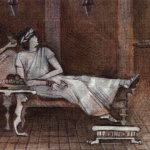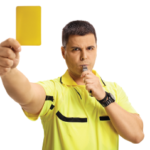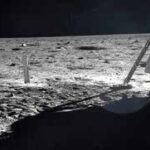The Back Pain Conundrum
What about Kennedy’s infamous back pain? Could this be the missing link needed to establish the diagnosis of a spondylarthropathy? His back pain began at an early age. Though some historians date its onset to the episode on the beach in Italy, he may have already experienced discomfort years earlier. According to a Navy medical history recorded in December 1944, “an occasional pain in his right sacroiliac joint” began to be noticed during his adolescence. The pain persisted and worsened over time. He started wearing a back support and underwent spinal manipulation therapy, all with transient pain relief.
During World War II, despite his litany of medical problems, Kennedy enlisted in the U.S. Navy and was assigned to PT-boat duty in the Solomon Islands in the South Pacific. The infamous ramming of the PT-109 boat by a Japanese destroyer in 1943 has been well characterized. All accounts agree that Kennedy played a pivotal role in bringing eleven survivors of the attack from the sea to a remote island. He spent more than ten hours in the water during the ordeal. Almost overnight, Kennedy, who would later downplay his efforts, became a national hero—thanks largely to his father, who ensured that John Hersey’s essay in The New Yorker magazine had mass distribution in a Reader’s Digest reprint. Perhaps the most important lesson for Kennedy was that his inner strength could surmount whatever physical disabilities afflicted him.3
Kennedy’s back pain became his major medical issue, and his father sought many different opinions about how to manage it. He may have had his motives. It seems probable that Joseph Kennedy was doctor shopping for his son. Perhaps he was angling to keep John from returning to battle. In a note to Dr. Paul O’Leary of the Mayo Clinic, he explains:
“The boy is in bad shape, but is talking about trying to get over it for the invasion. They are sending some boats over there but in his condition I can’t see it at all. I am inclined to think that he ought to have some kind of operation on his back if there is any sense to it and then get a long leave of absence … to see if he couldn’t restore his health.”
A few months later, Kennedy underwent a lumbar discectomy at the New England Baptist Hospital in Boston. Much to the chagrin of the surgeon, there was “very little protrusion of ruptured cartilage.”3 In simple English, there was no structural spine disease that required surgery.


